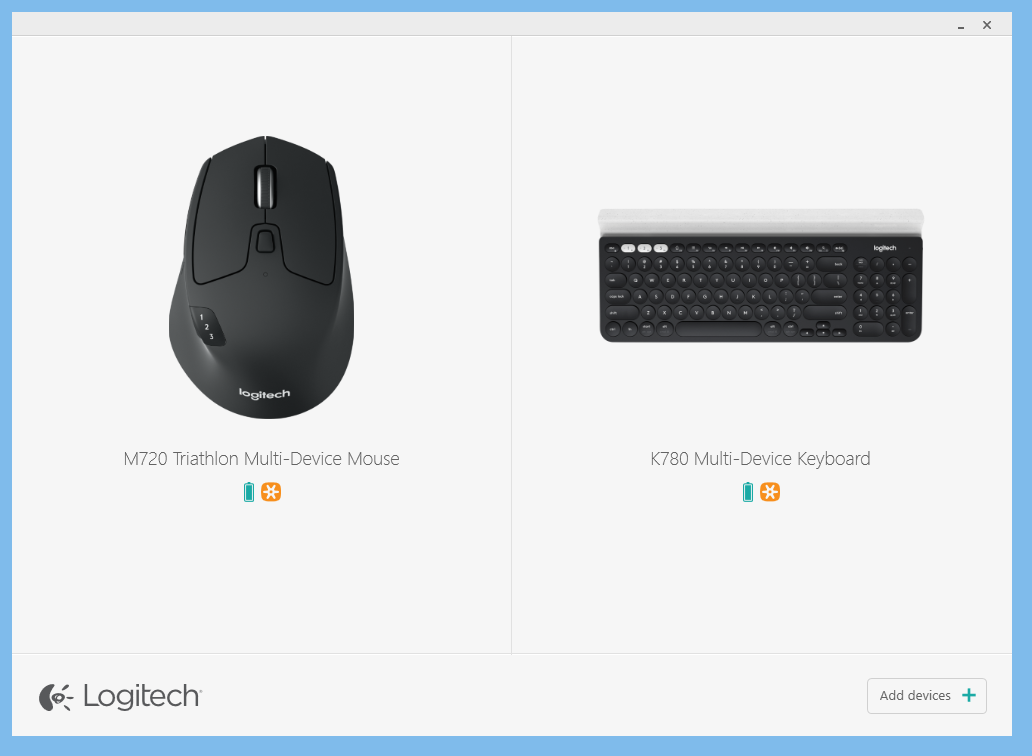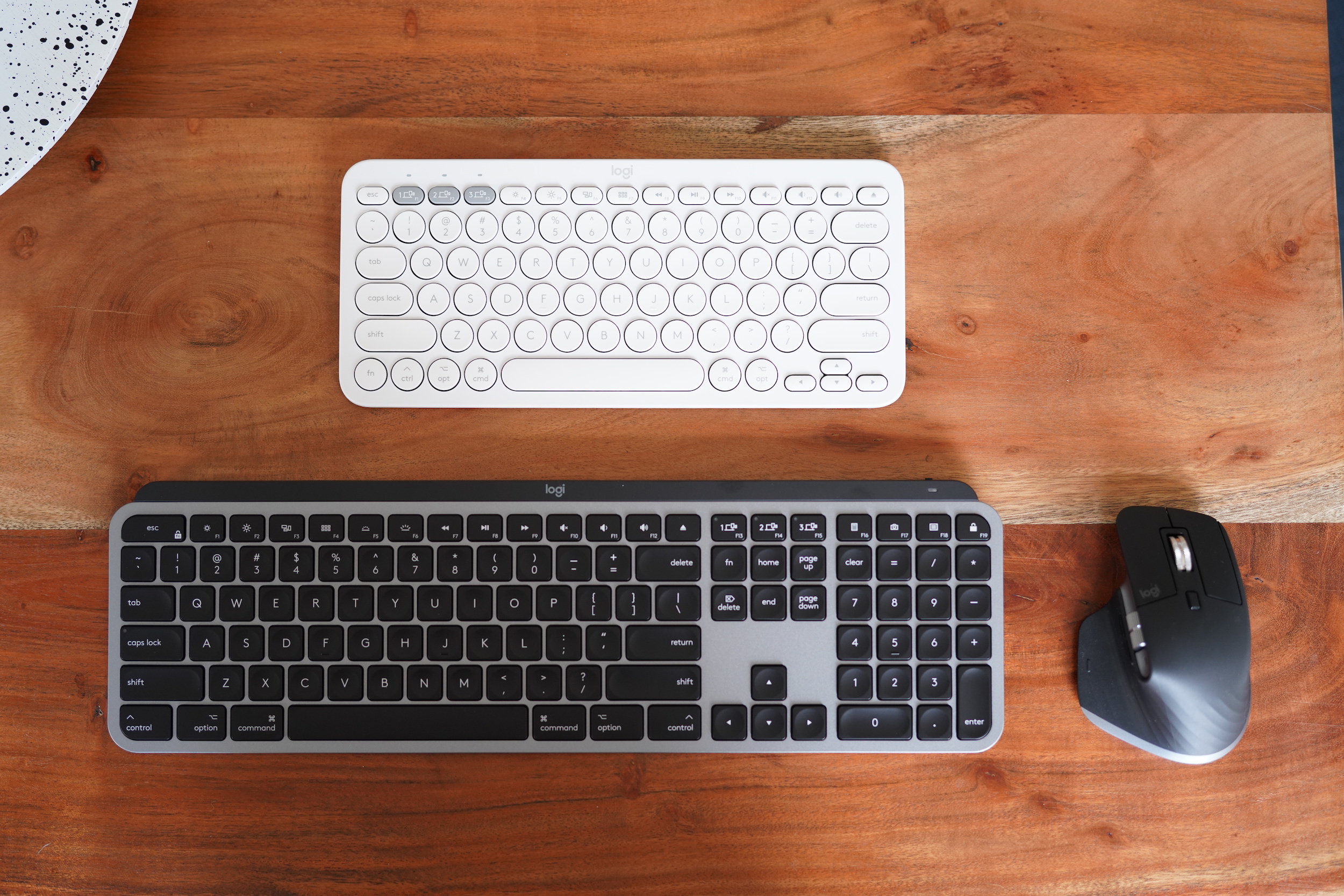By Gina Barrow, Last updated: August 27, 2019

The Logitech unifying software on Mac allows you to manage a variety of devices that utilize a Unifying receiver. You have the freedom to add or remove devices by utilizing the software’s wizard or opt for the advanced mode. In the advanced mode, you will find the status of your paired devices, firmware version, and the battery level.
Logitech advises customers with this issue to contact their Customer Care. Newer devices can switch pairings an unlimited number of times. Pairing software is available from Logitech for Microsoft Windows and Mac OS X. Wireless devices using the Unifying Receiver are supported since Linux 3.2. This software will allow you to add or remove compatible mice, keyboards and other devices to your unifying receiver. The tiny receiver stays plugged in. Because the Unifying receiver is so small, you can leave it permanently plugged into your notebook and it only uses one USB port, so you’ll have ports free for other things. Upgrade your computing setup with this Logitech MX Keys wireless keyboard for Mac. The Perfect Stroke keys support quiet, responsive operation, while the backlit design allows personalized lighting options. This Logitech MX Keys wireless keyboard is Flow-enabled, letting you work with multiple computers at once, and a reliable battery offers up to 10 days of operation on a single charge.
Download Logitech Unifying Software 1.3.375 for Mac from our website for free. Unifying1.10.421.dmg and unifying1.1.301mac.zip are the most frequent filenames for this program's installer. The program is categorized as System Tools. This Mac download was scanned by our antivirus and was rated as safe. May 17, 2019 Logitech Unifying Software Vs 5.1 appeared in my MacUpdate list today. After installing it on a 2017 Retina iMac running High Sierra, I got the msg that the app was not compatible with my iMac system.However, It appears that I can configure a Logitech device via via SteerMouse payware with separate profiles for a Logitech G5 laser gaming mouse. And an ergonomic mouse from JTech.

TIPS:
Close Look on The Logitech Unifying Receiver
The Logitech Unifying receiver is a miniature-sized specific USB wireless receiver. It allows users to use up to 6 well-suited Logitech human interface devices which include trackpads, trackballs, mice and even keyboards.
Generally, these receivers that are assembled with a Logitech product team up with the device. If you decide to purchase a spare receiver or linking several devices to a single receiver, the pairing necessitates the Logitech unifying software on Mac. Take note that the devices link up to the unifying receivers in the same manner as Bluetooth pairing but the fundamental protocols are mismatched. Furthermore, the Logitech receivers that are compatible with the unifying protocol can be distinguished by the orange Unifying logo that also differentiates them from the Logitech Nano receivers.
How to Connect A Device to The Logitech Unifying Receiver
You can match the Logitech unifying USB receiver to 6 unifying devices. Simply check if your devices have the unifying logo.
Simply connect your devices to the unifying receiver by utilizing the Logitech Options software. In case you do not have the Logitech Options installed yet, you must download it.
When connecting your device, follow these steps:
- Open the Logitech Options software. Start > Programs. Tap on Logitech and Logitech Options
- Check the base right section of the “Welcome” interface and tap on Add Devices
- Within “Add a device” window, tap on Add Unifying Device
- Follow the on-screen instructions to turn your device off and back on.
Methods on How to Uninstall Logitech Unifying Software on Mac
The removal process of applications on Mac is generally straightforward for most experienced users yet can be confusing for some newbies. In case you decide to remove Logitech unifying software from your device, there are removal options that can be useful.
How to uninstall Logitech unifying software on Mac
Most of the applications on Mac are considered self-contained. The trash-to-delete approach works on all version of the Mac OS X and later. In most cases, you can easily utilize the drag-and-drop method to delete Logitech unifying software from your device.
Simply follow these steps to remove the application from your Mac.
- Close Logitech unifying software Mac along with any related processes if they are still running.
- Open Finder on your Mac and tap on Applications in the Finder sidebar
- Search for the Logitech unifying software in the /Applications folder. Move its icon to the Trash that you can find at the end of the Dock. Another approach is to right-click/control-click Logitech unifying software Mac icon and select the “Move to Trash” option from the sub-menu.
- If required, key in your administrator password and tap on OK to allow the change.
- Select Finder > Empty Trash from the Menu bar. Another option is to right-click on the Trash icon, select “Empty Trash” and Empty Trash again in the pop-up dialog.
In addition, you can also remove the app using the Launchpad interface. During the process, you might be required to key in an administrator’s password to allow the deletion to take effect. Once you empty the Trash, the app is permanently removed from your Mac. Remember that this action is irreversible, thus it must be done with care.

Cannot delete Logitech unifying software Mac: What should I do?
There are instances in which you are given a message that “The item Logitech Unifying Software” where it could not be transferred to the Trash since it is open. In such instances, it occurs since the Logitech unifying software Mac or its background process is still running.

If you want to quit an application, simply right-click the application icon on the Dock and select the “Quit” option.
You can check and switch off any related background processes by running Activity Monitor that you can find in the /Applications/Utilities folder instead. When uninstalling an antivirus or malware application, it is recommended to restart your device into Safe Mode. This will help avert an instant launch and proceed with the removal process.
Furthermore, if the Logitech unifying software on Mac includes an in-built uninstaller or it was installed from the Mac App Store, there is a substitute approach to the uninstallation process.
- Downloaded from the App Store. Tap on the Launchpad icon in the Dock and search for the application in the interface of Launchpad. Press down the icon of the app until all the icons start to shake. Tap on the delete button that appears in the upper left corner of the icon and tap on Delete again in the pop-up dialog to start the removal process.
- Dedicated uninstaller. Go to the /Applications folder using Finder. Open the folder where the application is stored. In case there are items with the “Uninstall” name, simply double-tap to open and follow the on-screen instructions to start the removal process.
Once you are successful in uninstalling the Logitech unifying software Mac, you can proceed with the next steps.
People Also ReadHow To Delete Cookies on Your Mac Device?How to Find and Delete Similar Images on MacBook
How to remove traces of Logitech unifying software on Mac
Any leftover files or elements of the Logitech unifying software on Mac must be removed. Generally, these files take up a small space and will not cause any issues. Nevertheless, it is best to remove them in case you decide to perform a new installation or free up disk space.
- Open Finder and select “Go” > Go to Folder at the Menu bar
- Key in /Library in the “Go to Folder” box and tap on “Enter” to open it
- Once the “/Library folder” opens, enter “Logitech unifying software” or the name of the vendor in the “Search box”. Tap on Library which is next to the Search again.
- Once the results appear, look for any matched items with the keyword(s) and right-click on them and select the “Move to Trash” option.
- Repeat the same steps to delete traces of the software in the ~/Librarydirectory
It is important to note that the /Library is found at the top level of your hard drive while ~/Library is within the Home Folder. The removal of any related items from both locations is required to completely remove the Logitech unifying software.
As for the junk files, they can be found in the following directories:
- /Library~/Library
- /Library/Application Support~/Library/Application Support
- /Library/Preferences~/Library/Preferences
- /Library/Caches/~/Library/Caches/
- /Library/LaunchAgents~/Library/LaunchAgents
- /Library/LaunchDaeomons~/Library/LaunchDaemons
- /Library/PreferencesPanes~/Library/PreferencesPanes
- /Library/StartupItems~/Library/StartupItems
The manual finding of any app leftovers in the system directories will necessitate some time and knowledge. For newbies, it is recommended to use a reputable uninstaller to complete the task. For instance, reliable third-party software, FoneDog PowerMyMac. In case you decide to perform the removal of the leftovers on your own, you must be careful and avoid wrongly deleting other app or system files.
Once you have removed all the Logitech unifying software Mac traces on your system, make sure that you empty the Trash to permanently delete them. In case you are given a message that an item is “in use” and could not be deleted, you can either switch off the process that utilizes it if you know what it is or simply reboot your device. In case this fails to work, empty the Trash in Safe Mode.
DOWNLOAD OPTIONS
Using macOS 10.15 & above (Catalina/Big Sur)?32-bit software such as MyHarmony and Logitech Harmony Remote legacy software will no longer run on macOS 10.15 & above (Catalina/Big Sur).
If you’re using a hub-based remote, you will need to use the Harmony app on your iOS or Android device. You can also continue to use MyHarmony on a computer running Windows or macOS 10.14 or lower.
If you have a remote that doesn't use a hub, you may download the latest software using the links on this page.
Insurgency crack. If you’re planning to upgrade to macOS 11.0, there will be a delay in having the legacy software supported on macOS 11.0 Big Sur. We recommend holding off on upgrading to macOS 11.0 Big Sur if you need to access your remote’s account.
See Harmony and macOS (Catalina/Big Sur) for the latest information.
Upgrading to macOS 10.15 Catalina or macOS 11.0 Big Sur?Logitech Usb Receiver Driver Download
32-bit software such as MyHarmony and Logitech Harmony Remote legacy software will no longer run on macOS 10.15 & above (Catalina/Big Sur).
If you’re using a hub-based remote, you will need to use the Harmony app on your iOS or Android device. You can also continue to use MyHarmony on a computer running Windows or macOS 10.14 or lower.
If you have a remote that doesn't use a hub, you may come back to this page and download the latest software once you have upgraded to Catalina, your operating system and version will be detected by the page and you will be provided with the correct software for your Mac.
See Harmony and macOS (Catalina/Big Sur) for the latest information.
Use the MyHarmony desktop software or Harmony mobile app* to set up and sign in to your account. From there, you can add devices, set up Harmony Activities, and make changes to your configuration. If you have a Harmony hub-based product, use the Harmony mobile app to set up and configure Harmony.
Logitech Unifying Software For Mac Os X
If you're using an older Harmony remote model, such as Harmony One, 880, 900, 1000, or 1100, see: Logitech Remote Software v7.x
*You must have a hub-based product to use the Harmony mobile app.
